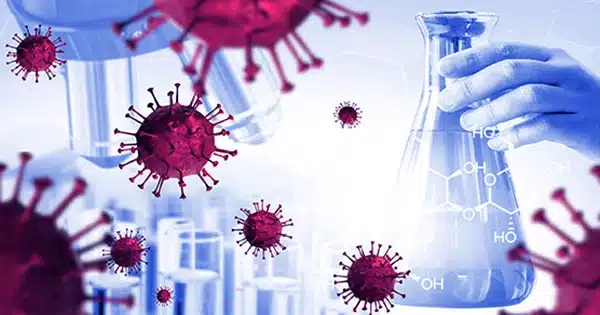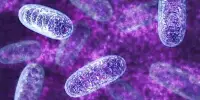Investigating the biological building blocks can lead to unexpected results. That’s what happened when plant genetics experts at the Department of Energy’s Oak Ridge National Laboratory were investigating. Although their research focused on enhancing plants for use as bioenergy crops, what they discovered could aid in the development of future COVID-19 treatments.
The researchers were looking at plasminogen-apple-nematode, or PAN, a protein domain found in plants. The genes that govern PAN in plants either initiate or inhibit uncontrolled cell proliferation. Certain wild plants use this ability to “heal” wounds, such as a scab. Geneticists can use PAN to produce genetically altered plants, which is beneficial. Scientists at Oak Ridge National Laboratory utilize it to help produce new strains of trees like poplar for biofuels.
Previously, scientists discovered that these genes are also present in humans. They must have first appeared billions of years ago in a plant or animal progenitor. The genes were then included in our genetic makeup.

However, this process appears to be far less beneficial in people than it is in plants. While excessive cell proliferation in plants might be beneficial, it is frequently fatal in humans. All eight of the important genes have been linked to certain types of cancer. PAN is frequently found overexpressed in malignancies. Medical researchers, on the other hand, are looking into ways to exploit this mechanism. Cancer treatments may be able to target PAN in order to deliver medications to tumors.
The latest research discovered that not only is PAN present in humans in general, but it is also particularly present in the NRP1 receptor protein. Certain chemicals interact with receptor proteins. When a molecule binds to a receptor protein, the receptor undergoes a change and is able to convey a signal to the cell. It’s similar to opening a door.
The virus that causes COVID-19 uses this method to infiltrate cells via the spike protein. NRP1 is one of two receptor proteins targeted by the virus. While current COVID-19 treatments focus on the other receptor (ACE-2), NRP1 holds a lot of promise.
To see if they might block the virus from exploiting this process, the Oak Ridge scientists altered a specific sort of amino acid in PAN. The spike protein requires this type of amino acid to invade. This modification decreased NRP1’s interaction with the virus’s spike protein. As a result, the virus found it more difficult to infiltrate and grow within the cells. It resulted in a significant reduction in the number of spike proteins found in human cells. The findings were consistent across a variety of COVID-19 variations, including the original, alpha, and delta versions.
Increasing our grasp of plant basic biology could help us enhance human public health.















